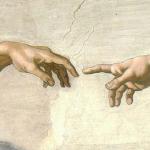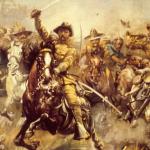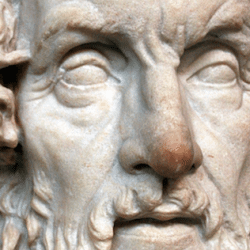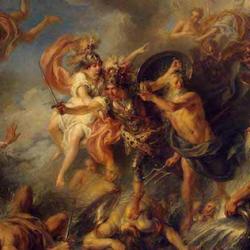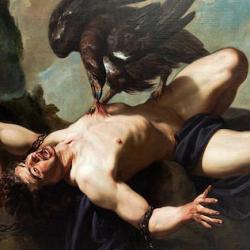D. Valdez (German Philhellenism) discerned two forms of interest in Hellenism among German intellectuals of the 18th and 19th centuries:
“The first, weighted toward the earlier, Homeric, and more archaic period of Greek life, celebrated a raw, tumultuous humanity, in harmony with nature, reveling in the primitive and natural poetry that was also law, dance that was also social order, and epic verse that flowed out of immediate feeling and lived experience. The unity of poetry, law, dance, epic, and life was uncontrived. This was the Greece of the young Herder, enmeshed in and drawing upon his understand- ing of a wider antiquity. The second ideal was a feeling that gravitated toward a summit, and sought to fix there the boundaries of a perennial beauty. That summit was Greek bodily form, captured for posterity in the outstanding examples of sculpture and embodying not only the highest conception of beauty but also bearing witness to the noblest and happiest condition of mankind. This was the Greece of Winckelmann, raised above and separated from a wider antiquity that shone much less brightly” (5-6).
One, we might say, was Dionysian; the other Apollonian.
Despite their differences, the two forms of philhellenism “converged on the celebration of a manly youth, naïve and natural for Herder, noble and heroic for Winckelmann.” And this was linked with a broader celebration of youth: “Youth was understood both as the prime of the life of an individual and in terms of the place of the Hellenic world in the philosophy of history: Greece was the youth of mankind” (6).
Here, perhaps, we have the deep roots of the late modern obsession with retaining and celebrating youth.

